6 fig growing mistakes to avoid for sweet and squishy fruit perfection
Experts present the top fig growing mistakes to avoid so you can enjoy the ultimate in succulent, velvety indulgence for years to come
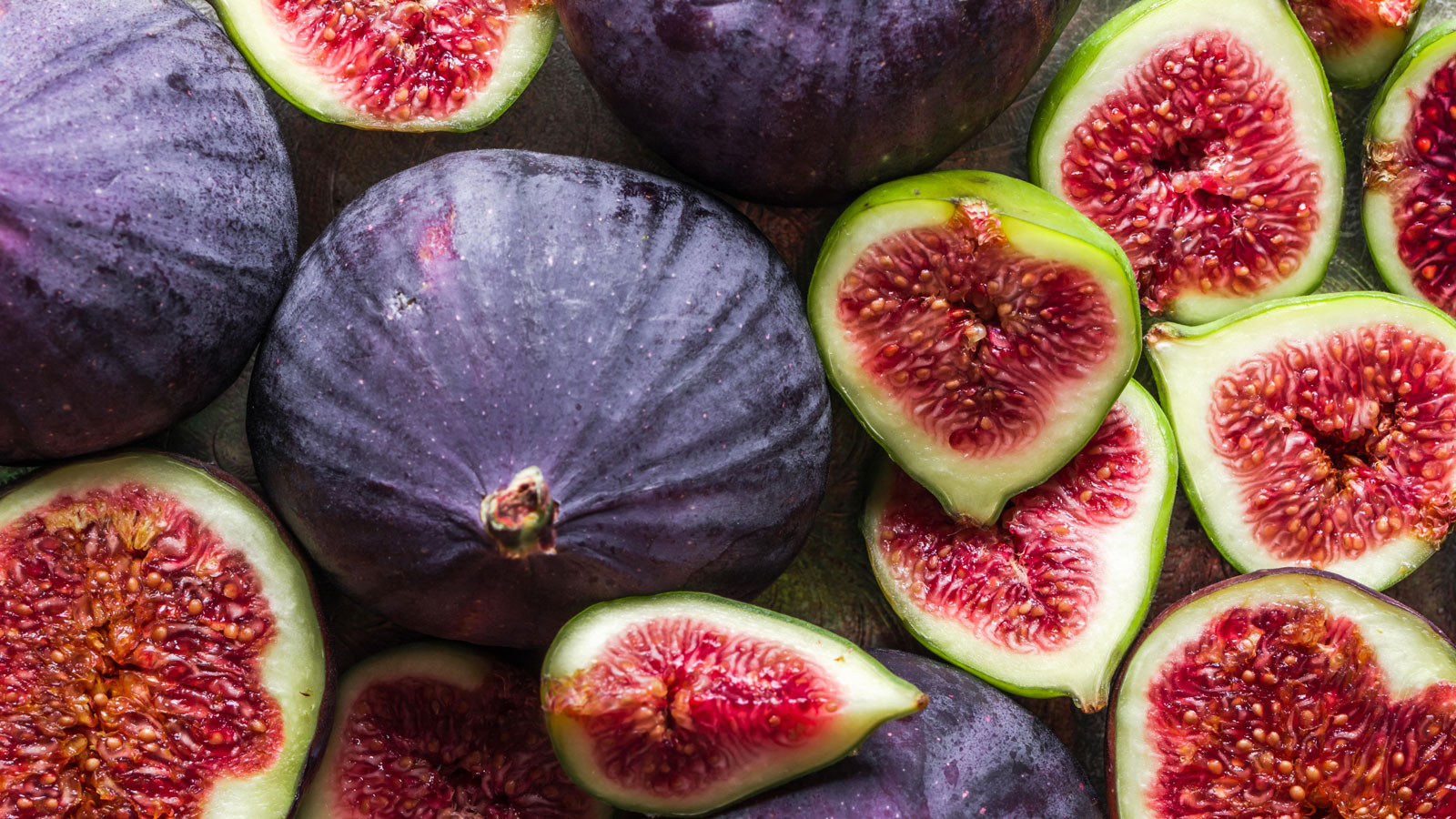

The most frustrating thing about making fig growing mistakes is that we keep getting told how easy and low maintenance these plants are to grow. It seems like others have no problems growing figs (Ficus carica) that are both strikingly ornamental and impressively high-yielding. And knowing figs are amongst the oldest fruits ever grown anywhere in the world only compounds the sense that we must be doing something really stupid if we aren’t getting it right first time. Worry not: even experts have made a few mistakes with these Mediterranean treasures – and they’re here to tell you how to avert disaster to harvest your own sweet, sun-soaked fruits.
We certainly don’t blame you for wanting to get it right. Figgy fruits have a unique perfumed crunchiness and a playful squidginess unlike any other cropping plant in the kitchen garden. It stands to reason that you want to grow a fig tree that delivers every time. So don’t be tempted to cut corners to secure these exotic beauties. If you pick the wrong spot, neglect their needs or treat them roughly, you’ll wind up empty-handed. Our experts reveal the biggest cultivation pitfalls to avoid when growing figs, so you can unlock the secrets to delivering months of sumptuous nibbles.
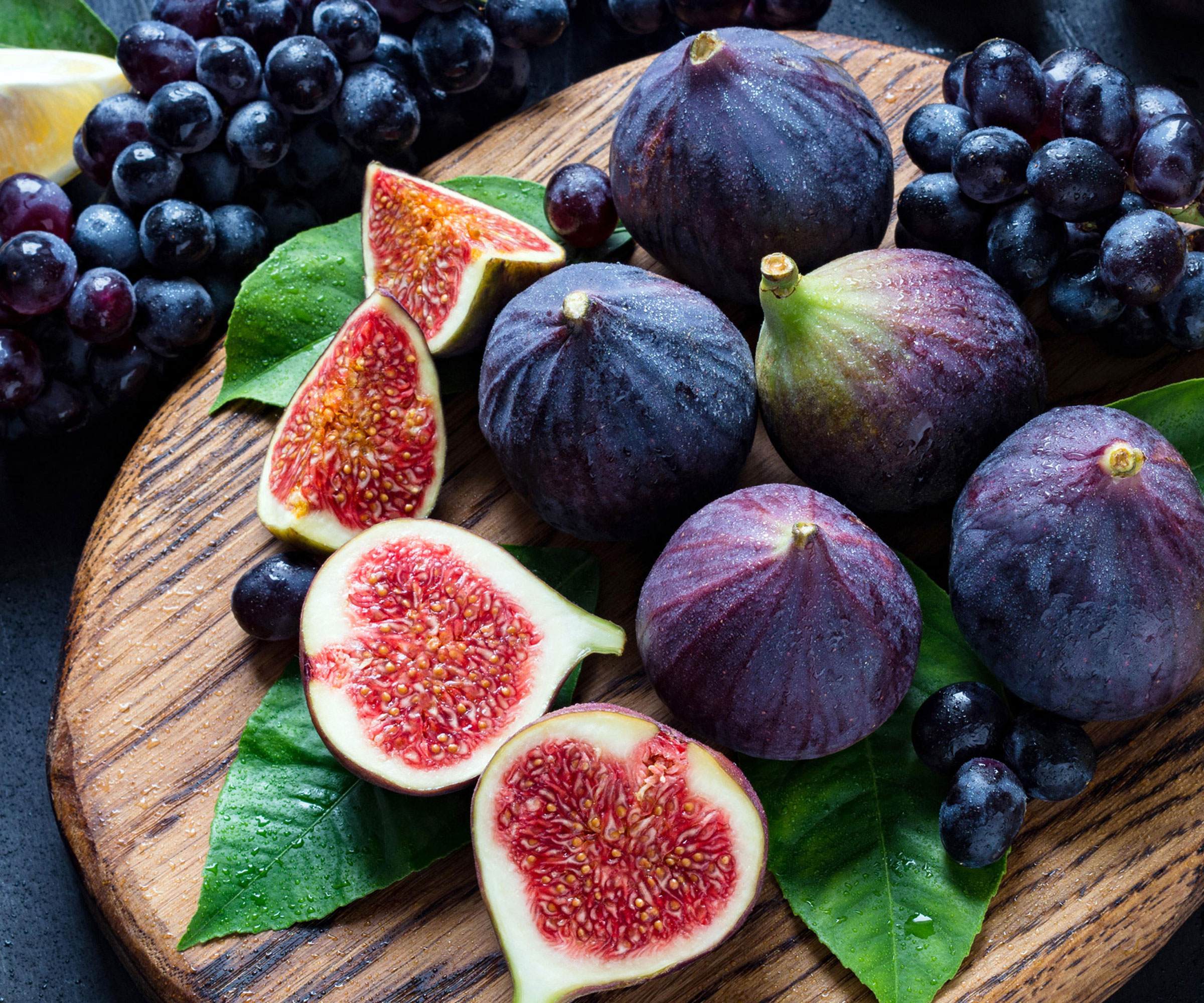
Common fig varieties may be self-pollinating, but they have key needs so they can produce their trademark soft, tear-shaped fruits
6 fig growing mistakes to avoid for lush and squidgy fruits
Here’s the good news: some mistakes made with other fruit trees won’t be a problem with figs. You don’t have to worry about pollination-related issues, says Juliana Kaiser, Garden Goods Direct trees and shrubs expert. ‘Figs are self-fruitful, which means they are self-pollinating and do not require another tree to produce crops,’ she says. However, while the best fig trees grow in a range of soils and garden sizes, they still fall foul of careless planting, cultivation and harvesting. Take heed of our key mistakes to dodge, so you can be sure of quintessential figgy pleasures.
1. Planting in the wrong place and conditions
You shouldn’t lose sight of this fig’s Mediterranean heritage: they prefer to be somewhere dry, sunny and stable. To produce the best figs, select the place that will receive the most sunshine (seven-eight hours a day), plus a good amount of shelter. Exposed, dull plots should be avoided. Plant against a sun-drenched wall or fence, or grow in a large, deep container in a protected patio spot (or underglass). The more sun your fruits get, the sweeter the fruits will be. Don’t expect a generous yield in the shade.
While many common fig varieties thrive in a range of soil types, they prefer moisture-retentive yet well-draining earth. Avoid waterlogging, or you will lose your precious tree before it even establishes. Despite their sun-seeking ways, common figs are hardy up to a point. As plant expert Jennifer Foster at Fast Growing Trees explains, when planted in the ground, many are cold-hardy down to Zone 7 (0-10°F). ‘With protection, some varieties can be kept planted down to Zone 5 (-10 to -20 °F).’
One of the biggest fig growing mistakes is to miscalculate how big they can grow. These are some of the best fruit trees for small gardens, but select the right variety for the right spot; some reach 20ft in unrestricted spaces. Good options for small spots include Chicago Hardy from Fast Growing Trees and heritage ‘Madeleine des Deux Saisons’, while expansive Desert King from Walmart and classic Brown Turkey from Fast Growing Trees are ideal if you have more space. Most importantly, says Homes & Gardens expert Lucy Chamberlain, take steps to restrict root growth. Failure to do this not only leads to wayward trees but results in surplus foliage at the expense of fruit. ‘Plant into a pit sided with paving slabs to keep plants compact and encourage cropping,’ says Lucy.
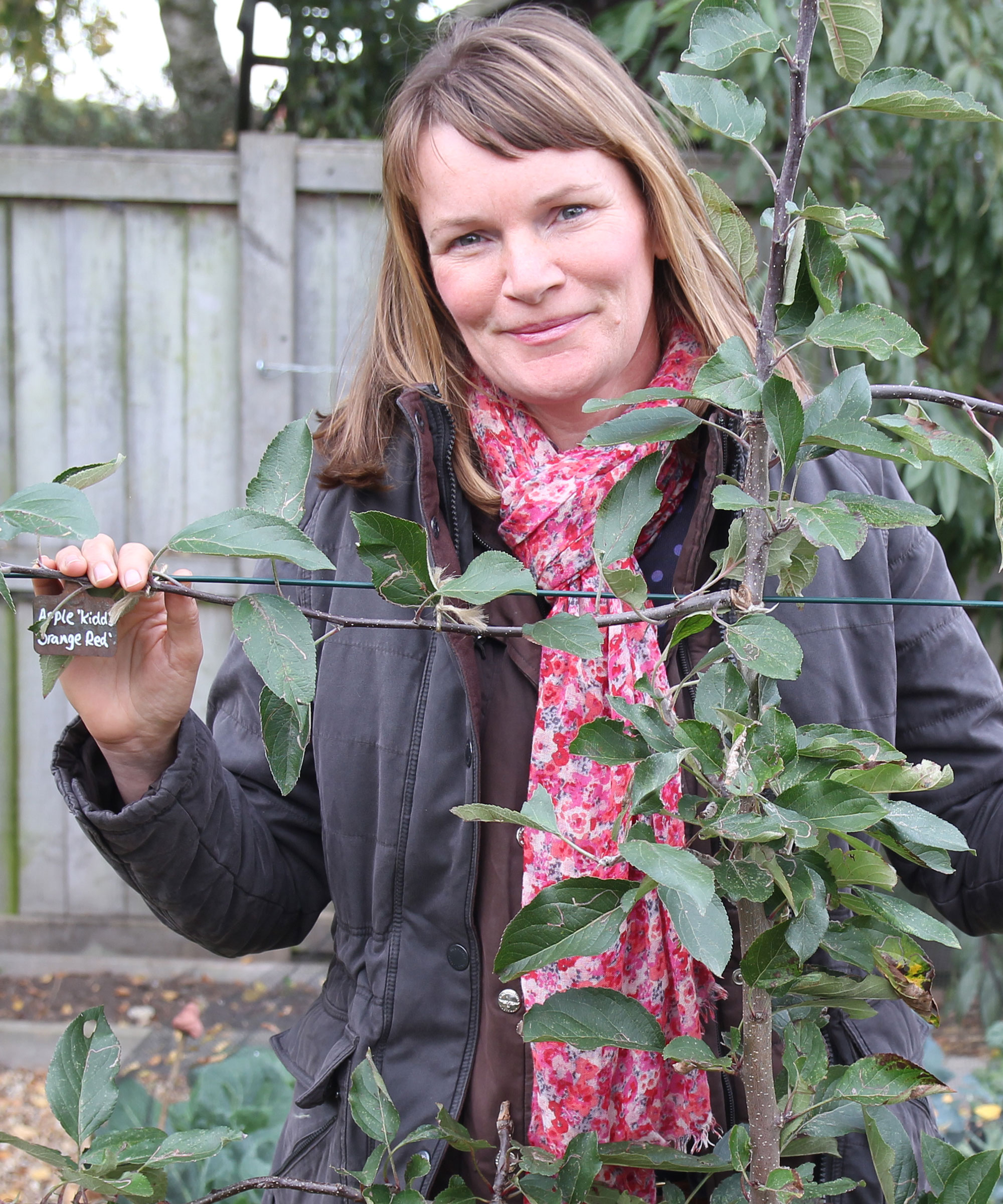
Lucy was a Horticultural Advisor at RHS Wisley and writes regularly for The Garden, Gardeners’ World, The Guardian and Amateur Gardening. She’s also the author of RHS Step by Step Veg Patch, which covers 50 types of fruit and veg. She is constantly looking for new ways to protect and nurture figs to ensure healthier, more generous yields.
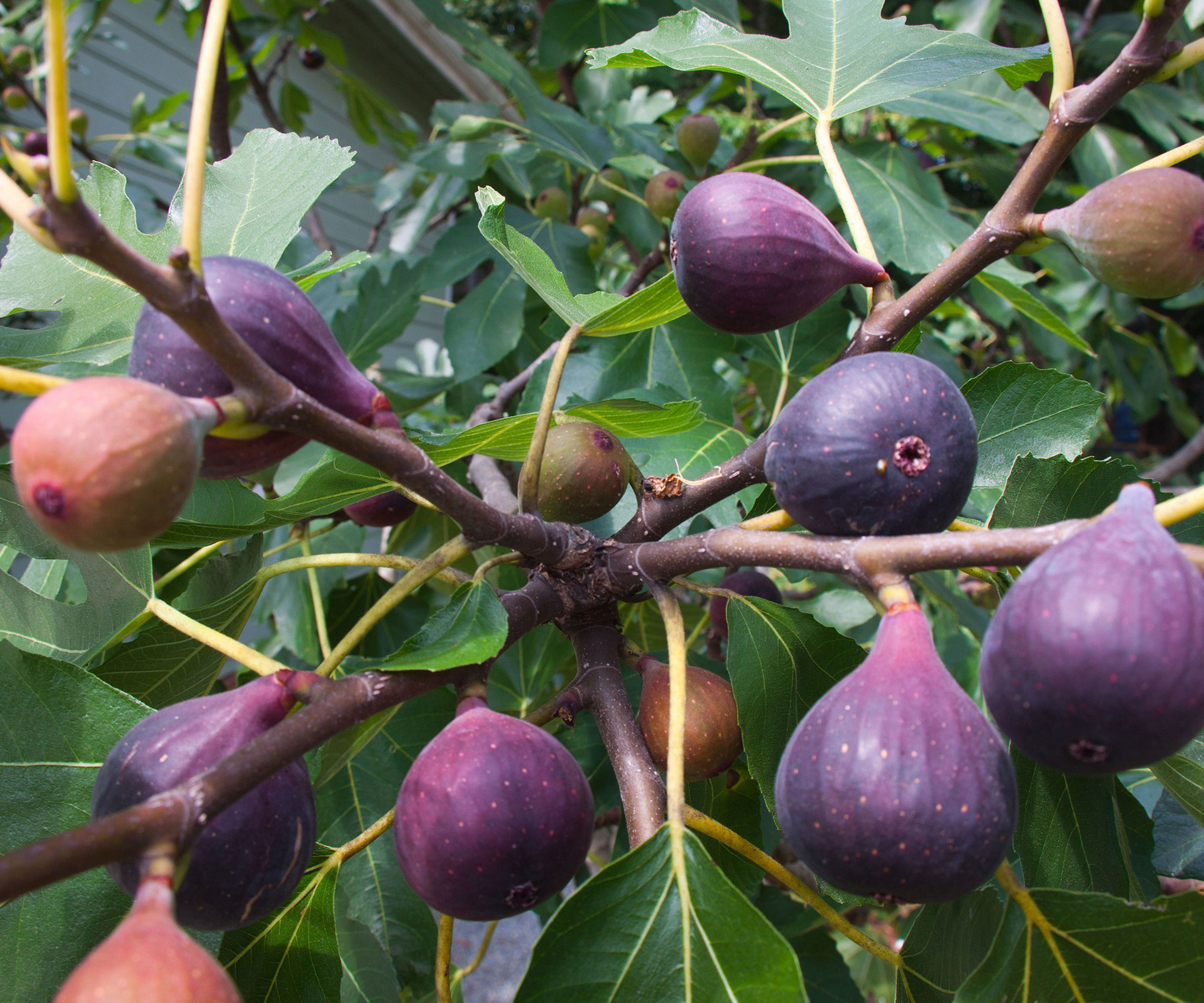
Figs need a sheltered, sunny spot so they can develop properly and ripen in good time
2. Misjudging extremes of heat and cold
Although many varieties are surprisingly hardy, gardeners can get caught out by dramatic temperature spikes and dips when growing figs. Because these cropping trees are such unabashed sun-seekers and a natural choice for a Mediterranean garden or south-facing garden, it’s easy to assume that they will romp away even in extreme heat. This is one of the worst fig growing mistakes you can make – the unfiltered glare of the sun is harmful to the foliage in high doses. Like people, figs can get burned by excessive rays, and this can damage the surface of leaves and warp the process of photosynthesis, leading to scorching, wilting and leaf drop.
Developing figs are especially susceptible, so ensure you have a plan for intensely hot, dry days. ‘Prepare to protect your figs when the weather reaches above 95 °F with afternoon shade and early morning watering,’ says Jennifer. Where figs are being grown under glass, keep a close eye on air flow, and adjust vents and doors to prevent overheating. Also make time for a good mulching at the time of planting to keep soil temperatures steady, and watch out for areas of reflected heat.
The converse is also true, especially for younger trees. Unprotected figs turn up their toes if exposed to frost, which shocks and stunts growth. Walls or screens minimize exposure, but it’s best to cover plants or move container-based trees indoors for winter to protect plants from frost, covering the pot with bubble wrap or hessian. If it threatens to dip below 15-20 °F, Jennifer recommends a frost-protection cover like Planket from Fast Growing Trees, or netting filled with straw. ‘Smaller Fignomenal or Little Miss Figgy can be grown in pots and overwintered somewhere that allows the plant to go dormant,’ says Jennifer. Chicago Hardy and Olympian from Burpee plus striped ‘Panachee’ are some of the most cold-hardy figs.

Jennifer has degrees in Landscape and Nursery Technology, Interiorscaping and Floral Design. She has worked with plants for 27 years. Specialties include fruit tree care, container gardening, edible landscaping and plant problem identification. She is always striving to expand her figgy knowledge and loves finding new ways to keep them at their best.
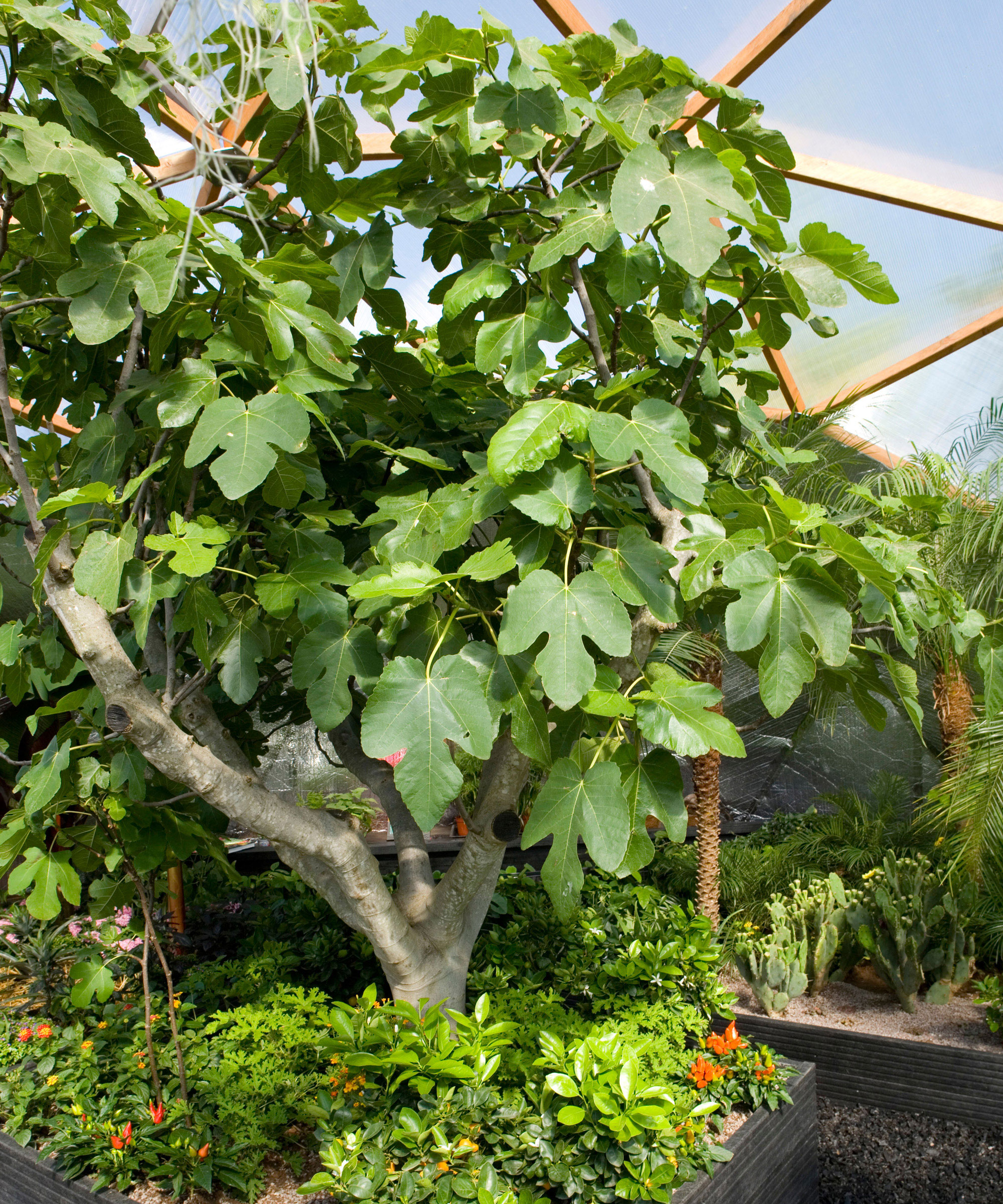
Figs can thrive under glass but keep an eye on ventilation so plants don’t scorch
3. Not watering or feeding figs properly
Figs have a reputation for being low maintenance and drought-tolerant, but while this may be true once they are established, it’s a different story in the first years after planting. Growing figs, you must balance the need for long days of sunshine with the nutrients and minerals required to keep foliage healthy in readiness for the first fruitlets. Learning when to water plants is key through the growing season, so make sure that soil is kept moist, with a mulch to keep roots cool. ‘Figs need about a gallon of water for each five gallons of soil in summer months,’ says Juliana Kaiser.
Alongside the need to water young figs, Garden Goods Direct’s trees and shrubs expert Rich Buller warns against oversaturation. Another of the biggest fig growing mistakes is to flood plants in a panic after neglecting them in the heat – neither extreme is good. ‘Overwatering can be a death sentence,’ says Rich. ‘The fibrous root systems of these Mediterranean plants are susceptible to root rot, so well-draining soil is critical’ he adds. For the best figs, try a drip irrigation or a soaker hose, and adapt according to the weather, for healthier roots and fruit development.
A balanced feed (like fish, blood and bone) or high-potash topdressing is beneficial in spring for the best fruit trees, but as Jennifer points out, it’s also important not to over-fertilize. ‘Figs planted in native soil generally don’t need feeding, unless you see less than a foot of growth in a season,’ she says. ‘Once your plant settles into fruiting, don’t over-cosset with water and feeding,’ adds horticultural expert Anne Swithinbank. ‘Just water during a drought when fruits are expanding, to prevent dropping and ensure they are luscious and juicy.’

As a trained horticulturalist, garden writer and broadcaster, and the author of multiple books, Anne Swithinbank has an extensive knowledge about plants. She loves growing figs and has been cultivating her own ‘Brown Turkey’ for many years.

Keep fig plants well watered while young and establishing, especially if you are growing them in pots
4. Forgetting to give figs training and support
Failure to think ahead is amongst the major fig growing mistakes. What catches growers out is ignoring the fig’s potential for growth. This applies to both height and spread of trees. Anyone with their heart set on recreating the wild charm of a Mediterranean garden may factor in sunshine and drought-tolerant landscaping, but there is another consideration alongside warmth and watering – and that’s support. The best figs are as much about their shape as their fruit production, as Rich Buller explains, because one thing determines the other. So think about the branching structure and weight that will likely be sustaining those figs, and prepare accordingly.
If trees are not properly supported then there is a risk they might break or snap, even if planted in a sheltered spot, especially as fruit starts to form. Worse, a failure to train or support the trees can affect their ability to produce crops in the first place. Just as restricting their roots can prompt fruit growth, a well trained form spurs them on to produce. ‘Figs thrive when fan-trained either as informal shrubs or standards,’ says Anne Swithinbank. ‘They certainly do best if supported against a south-facing or west-facing wall, fence or trellis.’
If you aren’t sure your wall or fence is up to this, now is the time to bolster it. Try adding extra height and reinforcements using a trellis fence topper from Etsy or similar. ‘If planting more than one fig, Lucy recommends you give each young tree 25ft square space for the strongest shape – and don’t be afraid to use wires as supports. ‘Trained figs need a series of horizontal wires every foot to support young branches,’ says Lucy. The right climbing plant support not only props up the weight of the tree but also opens up its foliage. This means all leaves receive balanced access to sunlight, ensuring healthy photosynthesis and a more prolific crop.
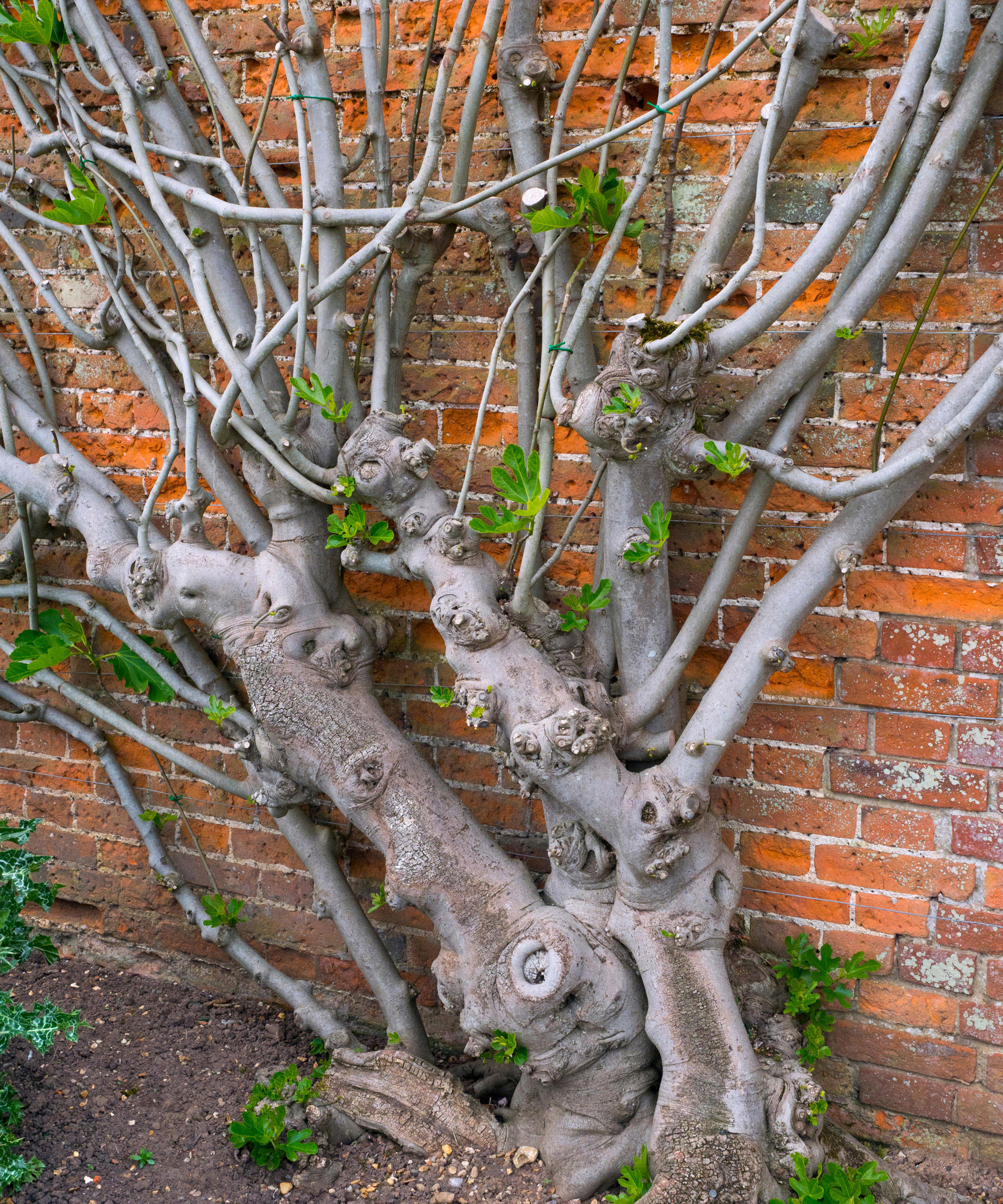
Common fig varieties like ‘Brown Turkey’ benefit from being supported against a wall or fence
5. Neglecting to prune figs properly
One more thing can make or break the quality of a fig in its formative years – and that's pruning. Incorrect pruning is amongst the most devastating fig growing mistakes you can make, and it’s hard to walk back from if you get it wrong. One careless snip can set your fig back months – or stop it in its tracks for good. Being mindful of crucial cuts is critical to maintain the health and vitality of your tree, and its cropping potential. ‘Most figs produce fruit on new growth, while some produce a crop on the previous year’s growth, also called a breba crop,’ says Jennifer Foster. ‘Pruning off the previous year’s growth will reduce the breba crop, if there is one, but will help to keep the new year’s growth more accessible for harvesting.’
Knowing how to prune a fig tree is about care and good timing. There are two safe times to prune fruit trees for the best figs: at the end of winter when dormant, and late summer after cropping to prepare your fig for the following year. Ruth Hayes, gardening editor of Amateur Gardening, prunes early in spring, after the frosts have passed and before the fig starts to grow. ‘If you prune when they are growing, they lose a lot of sap, which weakens them and leaves them vulnerable to infection,’ says Ruth. Lucy adds: ‘Winter pruning consists of shaping the tree and easing congestion. Summer pruning encourages fruitlet formation for next year’s fruits.’
To avert calamity, use clean, sharp pruners. Source secateurs from Amazon for as little as $16.99. ‘Remove dead, damaged branches and root suckers,’ says Jennifer. But don’t remove too much, especially at the end of summer, adds Lucy. Follow the one-third pruning rule and maintain as many pea-sized fruitlets as you can for future crops. With winter pruning, focus on a light shaping of the canopy, removing diseased or weakened stems, or intersecting branches. As Jennifer points out, this promotes good branching habits and happy harvests. ‘Aim for an open shape that lets lots of light and air get to fruits’ says Ruth. Get this right, and you’ll dodge the main pruning mistakes that prevent a fig reaching its full potential.
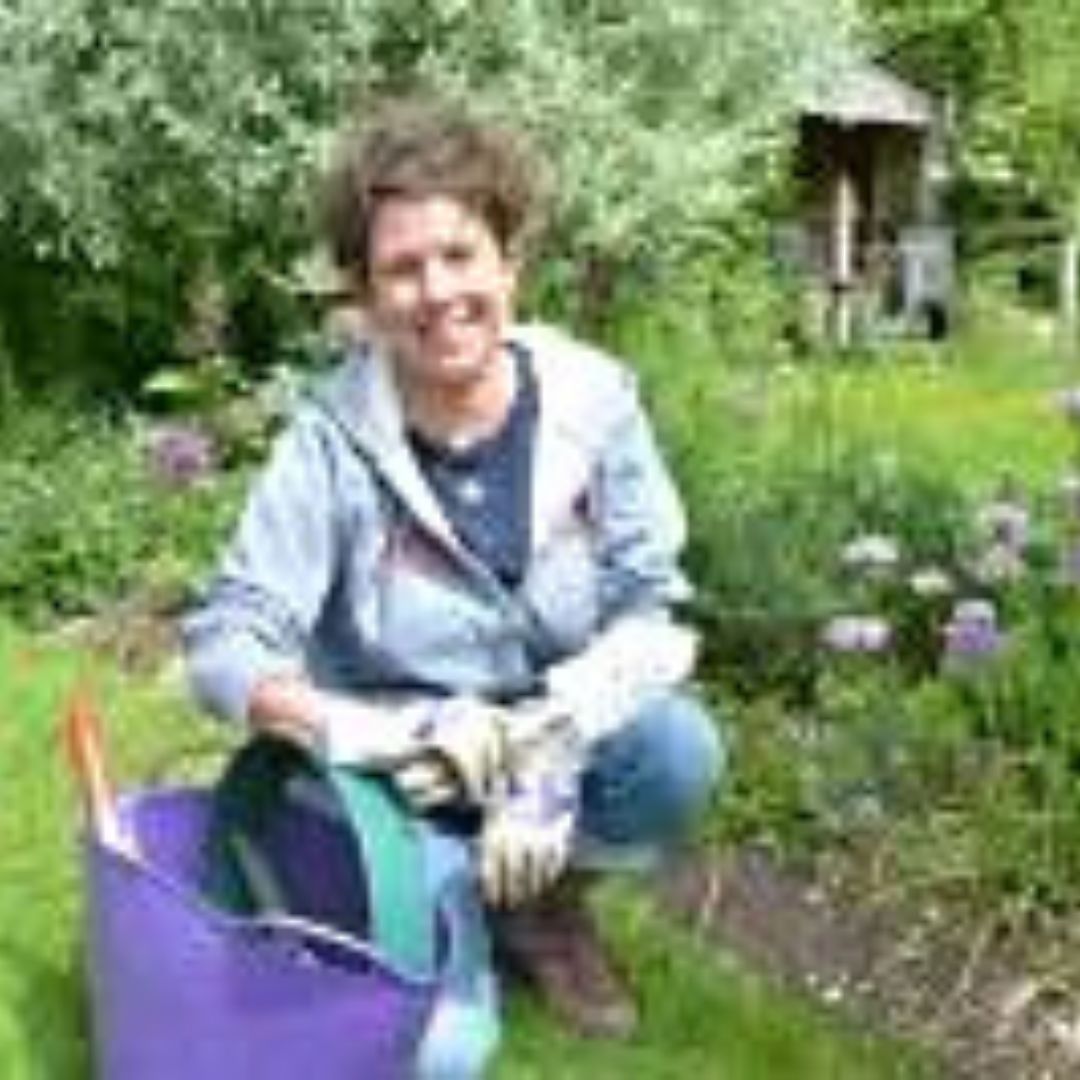
Ruth is horticulturally trained and has qualifications from the Royal Horticultural Society. She spends her days writing about key gardening jobs and introducing new crops to her plot. Ruth loves growing figs because they remind her of Mediterranean holidays!
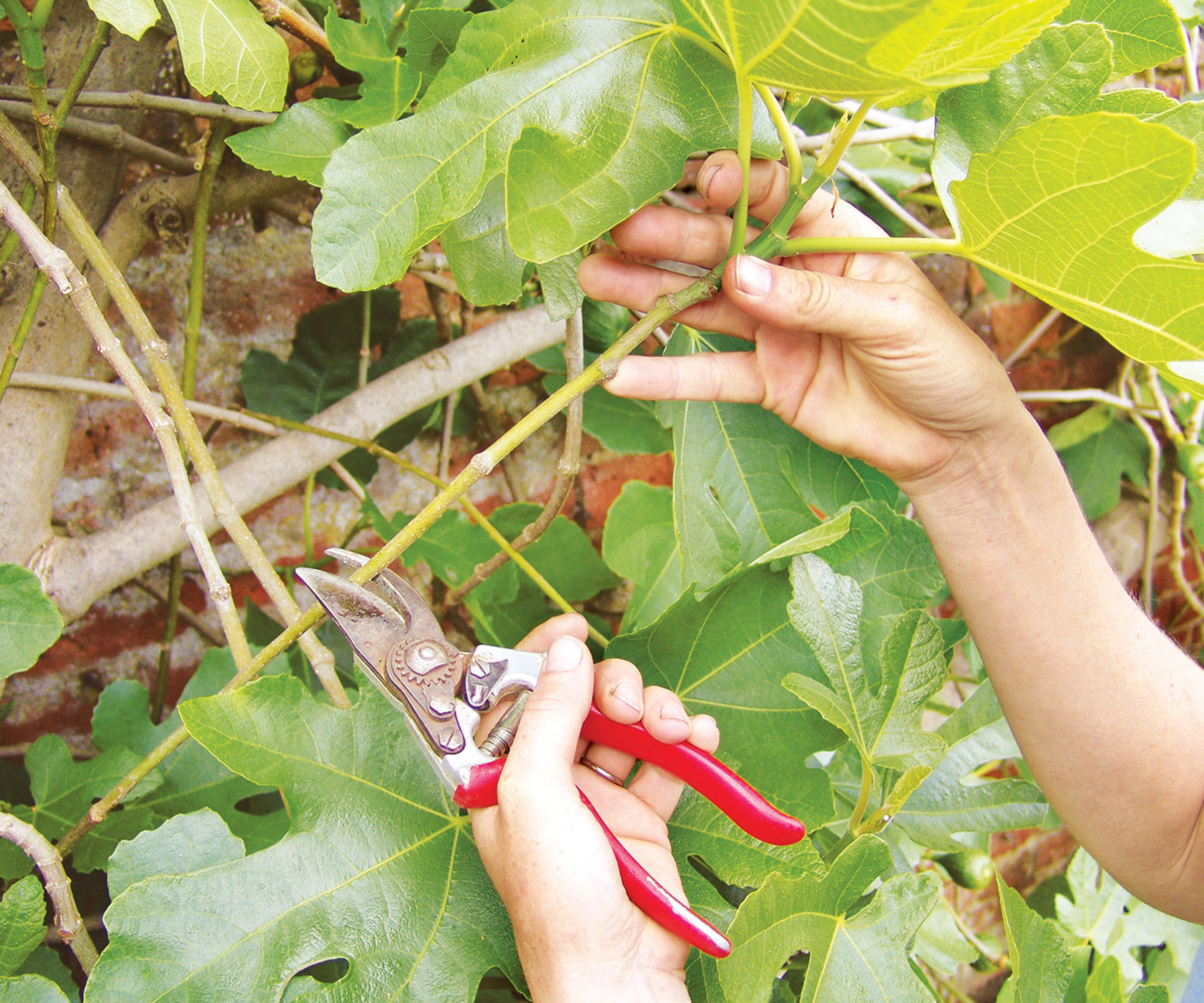
It’s good to prune figs at the end of the harvest season, and also in late winter
6. Harvesting at the wrong time
After months of waiting, you’re itching to sample those luscious soft and crunchy harvests. So it’s understandable why premature harvesting is amongst the most common fig growing mistakes growers make. But the utmost patience is required to ensure flesh is tender and sugar levels are at their peak. ‘Many fig trees will start to produce after they have been planted for one season,’ says Jennifer. ‘But it’s advised to remove these young fruits to allow the plant to focus on establishing its root system.’ Depending on fig variety, hardiness zone and weather, you can be expecting a sublime harvest two years from planting and growing figs.
By high summer, assuming the sun has worked its magic, you can harvest figs, but check before picking. Eating an unripe fig is truly disappointing, but this is one mistake that is easily rectified. Besides, there are some excellent tell-tale signs figs give to let you know they are ready. ‘Check to see if they have started to droop on their stem away from the branch they are growing on,’ says Jennifer. Figs are held upright with their bottoms in the air while still developing, whereas ripe fruits hang down. This is due to a combination of the stalks softening and the fruit itself getting heavier. Depending on the variety, colours deepen. Another tell is that if you give them a gentle squeeze, they feel soft to the touch and may even split.
Once you have witnessed the softening, drooping and color changes, there is one more sign that your figs are ready for picking. In fact, says Lucy, the fruit will literally be at the point of wanting to fall from the tree when it shows you this sign: ‘Watch for a sticky drop of honeyed nectar, oozing from the base (or ‘eye’) of the fruit. That, my friends, is figgy heaven.’ This, along with vertical cracks on the softening skin, indicate that sugars and moisture levels have reached their peak. Consume fresh from the tree and warm from the sun for the ultimate in seasonal abundance.

Harvesting figs have several telltale signs that show you they are ready to be picked
FAQs
Why is my fig not producing fruits?
If plants don’t develop healthy fruits, several fig growing mistakes could be the cause: poor planting site or soil health, irregular watering or sunlight, improper pruning or a lack of temperature regulation. Where figs develop but drop, this may be stress from extended drought or insufficient watering. Water well in dry spells and add more to potted figs. However, waterlogging can stunt growth, so check soil is well draining. If you aren’t seeing figlets, plants may have received too much nitrogen, so figs develop foliage at the expense of crops (add phosphorus to counter this imbalance).
Excessive pruning is another possibility: you should only be removing old, damaged or intersecting branches. ‘If a fig refuses to fruit but produces long, unbranching stems, prune out a quarter of the longest stems per year in late winter, leaving bud-bearing stubs of 2-3in,’ says Anne. Finally, when growing figs, remember a young tree can take a few years to sustain a crop. So if your tree doesn’t produce figs in the first two years, don’t be despondent. Just give your tree a little boost in spring with some fertilizer. Keep protected from drafts or chills, hydrate as needed – and wait.
Is it harder to grow figs in pots?
Growing figs in pots isn’t harder, but it can cause silly mistakes. ‘Most figs adapt to container growing, but need an amply sized pot to be most productive,’ says Jennifer. ‘Choose a non-porous container 18in deep and wide, so roots don’t dry out,’ adds Lucy. ‘Ensure drainage holes are good, and place in full sun.’ Water well in the first season of growth, and more in dry spells. Good options for containers include Fignomenal and Little Miss Figgy from Fast Growing Trees – plus, ‘Brunswick’, ‘Rouge de Bordeaux’, ‘Violette Dauphine’ and ‘Panachee’ for large pots. Repot every two years for healthy root development, choosing a diameter a few inches wider.
Jennifer has one more tip for potted figs: give plants a rest each winter in a garage or similar space. ‘They need to go dormant and spend at least 100 hours in temperatures between 32-45°F to reset their biological clock,’ she says. ‘More than 100 hours is fine, but at least 100 hours is required for most varieties.' Get this right, and you’ll find figs are some of the best fruit trees to grow in pots. Because they are so vigorous, pots help curb their spread and encourage the best figs earlier in their development. They are also easier to move undercover for winter months. Win-win!
Several fig growing mistakes arise due to a failure to take action at the right time – and that includes the end of the season. Don’t leave hard or unripe figs in place at the end of the harvest season. ‘These should be removed, as they will harden or rot rather than turn into mature fruits the following summer,’ says Ruth. Good fig health in spring relies on a smart ‘defigging’ in the fall. Just leave young pea-sized fruitlets in place at the tips of shoots for next year, and remember to protect from frost.
Finally, Anne points out that blackbirds will try to steal crops if you're not careful. Cover your fig tree with mesh netting or horticultural fleece at fruiting time to deter blackbirds, pigeons and squirrels, and grow other plants for birds. That way, you’ll be sure of unpecked figgy perfection.
Sign up to the Homes & Gardens newsletter
Design expertise in your inbox – from inspiring decorating ideas and beautiful celebrity homes to practical gardening advice and shopping round-ups.

As assistant editor of Amateur Gardening magazine, Janey's gardening passion was fostered from an early age, when her amazing mum had her deadheading hydrangeas, mulching roses, and propagating strawberry plants from runners for school open days. She's also taken part in lots of conservation and rewilding projects for the RHS and TCV as a way of exploring her horticultural horizons.
-
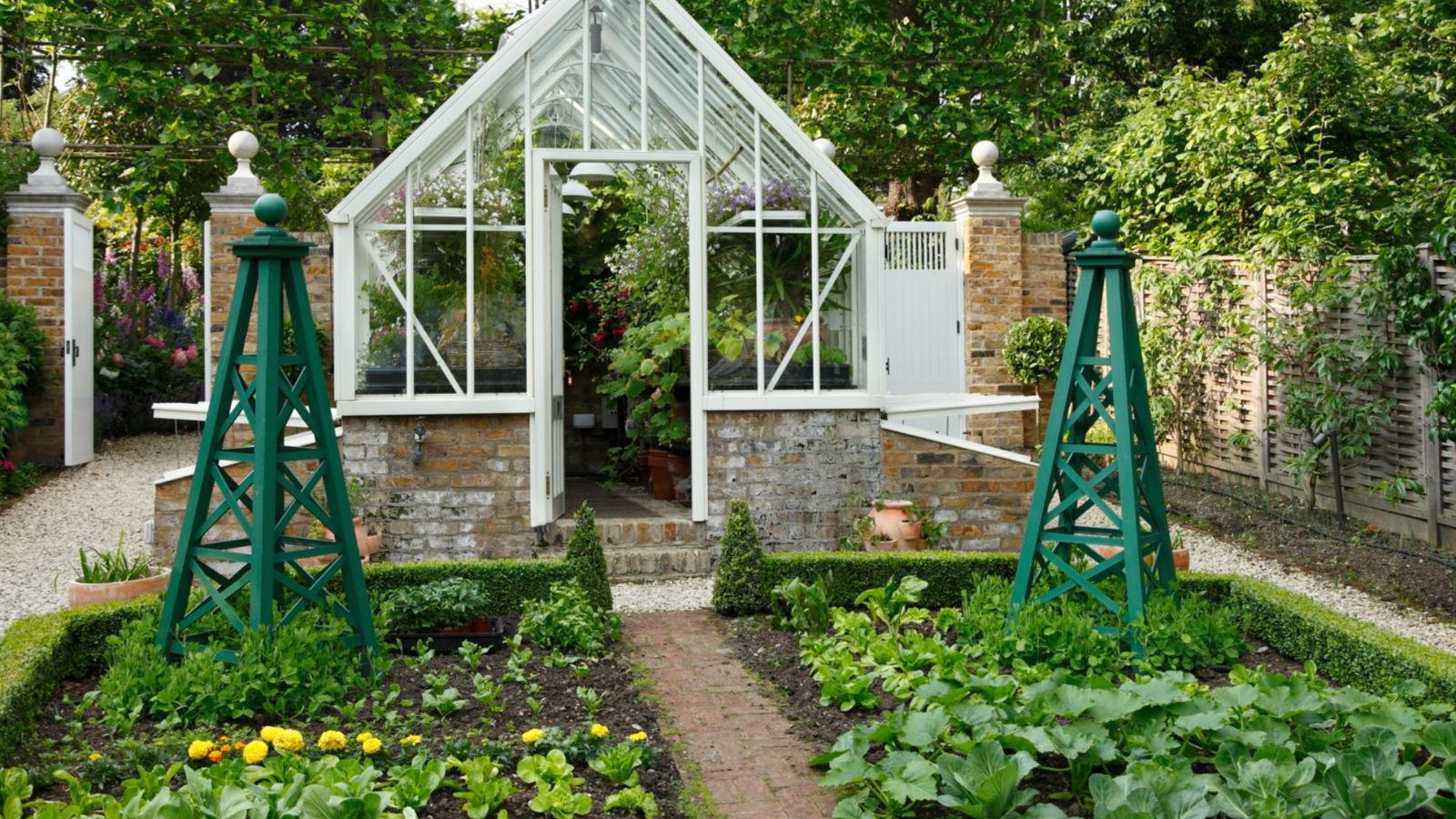 The long-awaited ALDI $40 raised bed garden planter is finally back, and it is perfect for small gardens and apartments
The long-awaited ALDI $40 raised bed garden planter is finally back, and it is perfect for small gardens and apartmentsThis highly-rated wooden planter sells out every year, so be fast
By Jennifer Ebert Published
-
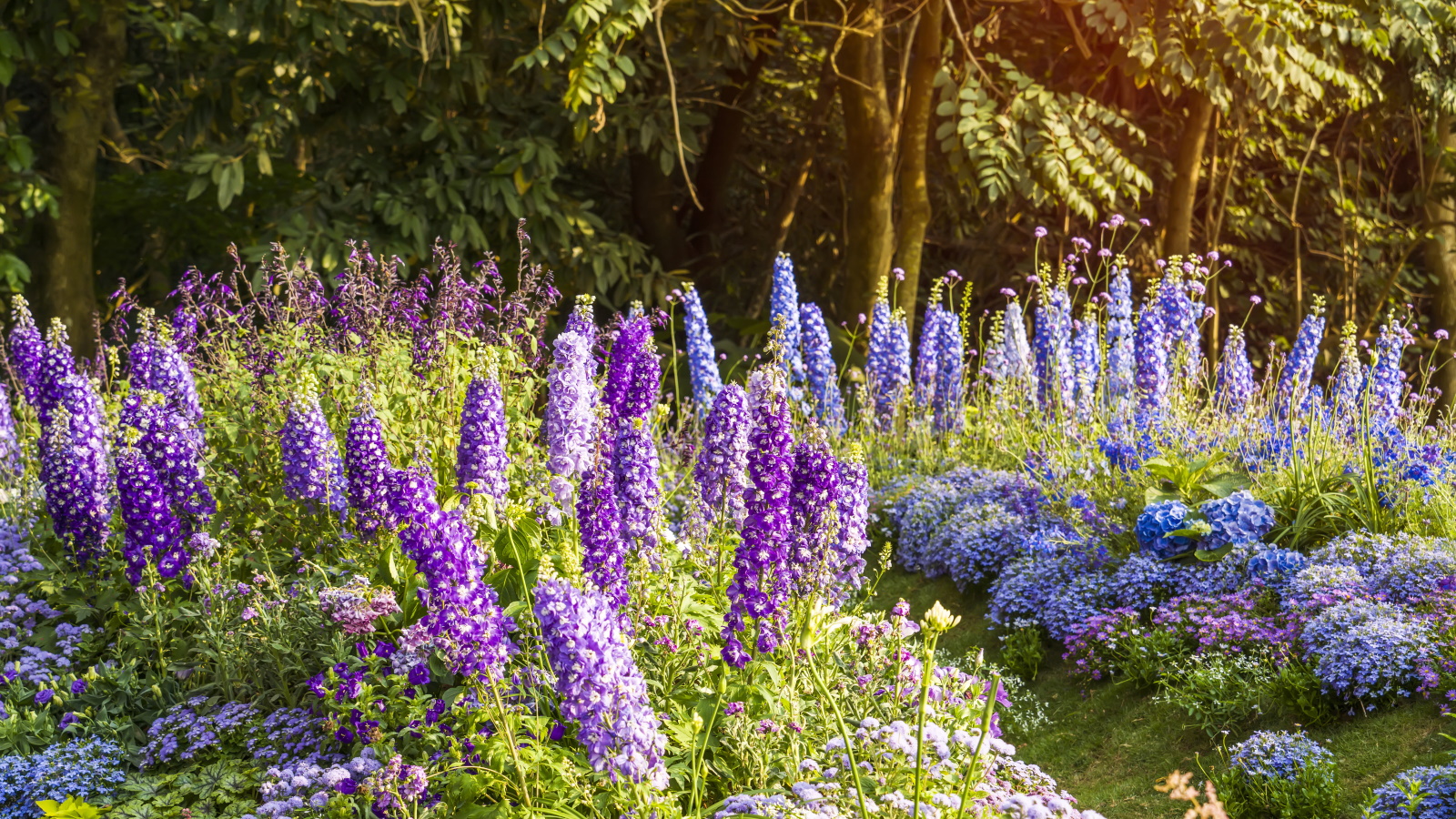 Best types of delphiniums – 14 stunning varieties for vibrant flower spikes in your yard
Best types of delphiniums – 14 stunning varieties for vibrant flower spikes in your yardPlants Here are our top types of delphiniums for brightening summer borders
By Holly Crossley Published